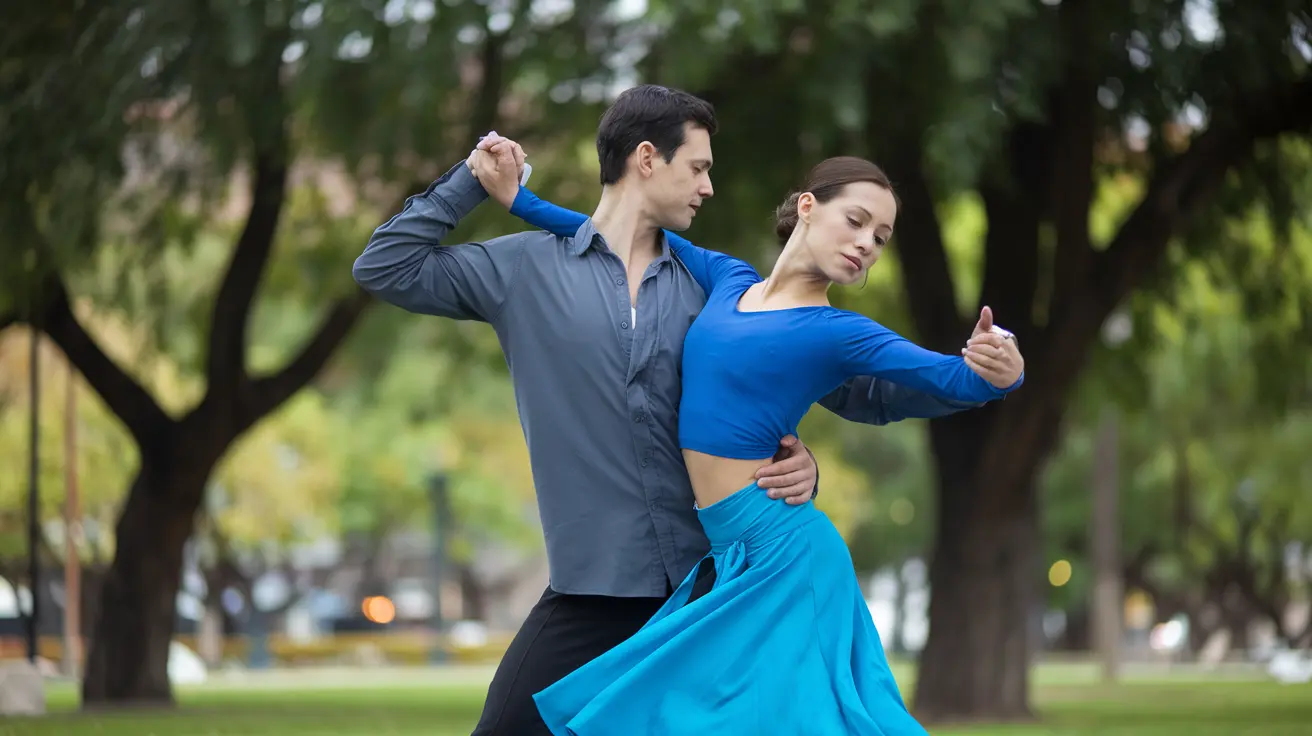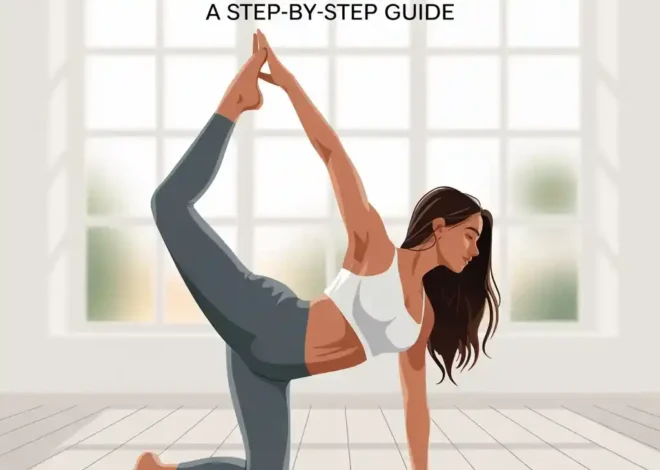
How the Beauty of Movement Improves Your Health and Well-Being
Movement is life. It energizes your body, lifts your mood, and keeps you healthy. Whether through exercise, dance, or daily activities, the beauty of movement offers countless benefits. Let’s explore how staying active can transform your health and overall well-being.
Physical Benefits of Movement
1. Improves Cardiovascular Health
Movement strengthens your heart. Activities like walking, jogging, or swimming boost blood circulation and reduce the risk of heart disease. Even 30 minutes a day can make a significant difference.
2. Enhances Muscle and Joint Health
Regular movement keeps your muscles and joints flexible. Stretching and low-impact exercises, like yoga or Pilates, can improve posture and prevent stiffness. Strong muscles also protect your bones and reduce injury risks.
3. Supports Weight Management
Physical activity helps burn calories and maintain a healthy weight. Even light activities, like gardening or housework, contribute to calorie burning and keep your metabolism active.
4. Boosts Immune Function
Moderate exercise stimulates your immune system. It increases blood flow and encourages the production of white blood cells, which fight infections.
5. Promotes Better Sleep
Regular movement reduces stress hormones and helps you fall asleep faster. Activities like evening yoga or a walk can create a calming effect, improving sleep quality.
Mental Health Benefits of Movement
1. Reduces Stress
Movement releases endorphins, your body’s natural stress relievers. Activities like running or dancing allow you to focus and let go of daily worries.
2. Boosts Mood
Exercise stimulates serotonin and dopamine production, which are crucial for mental well-being. It’s a natural way to fight depression and anxiety.
3. Sharpens Cognitive Skills
Movement increases blood flow to the brain. Regular activity enhances memory, decision-making, and overall cognitive performance.
4. Builds Emotional Resilience
Physical challenges teach perseverance. Overcoming fitness goals translates into mental toughness and confidence in daily life.
5. Encourages Mindfulness
Activities like tai chi or yoga connect your body and mind. They help you focus on the present moment, reducing negative thoughts and promoting inner peace.
The Social Aspect of Movement
1. Builds Community
Group activities like fitness classes, sports, or dance bring people together. They provide a sense of belonging and reduce feelings of isolation.
2. Strengthens Relationships
Moving together fosters stronger bonds. Whether it’s a family hike or a workout with friends, shared activities promote connection.
3. Encourages Support
Social settings inspire motivation. Seeing others stay active encourages you to stay consistent and set achievable goals.
Beauty in Everyday Movement
1. Embrace Natural Movements
Not all movement has to be structured exercise. Simple activities like walking your dog, taking the stairs, or cleaning the house keep you active.
2. Make It Fun
Dance to your favorite music, play with your kids, or explore new hobbies. Movement should feel enjoyable, not like a chore.
3. Prioritize Consistency Over Intensity
Small, consistent efforts lead to long-term results. A 10-minute walk every day is more sustainable than intense but infrequent workouts.
Movement and Aging
1. Maintains Independence
Regular movement keeps you strong and mobile as you age. It reduces the risk of falls and enhances your ability to perform daily tasks.
2. Supports Longevity
Studies show that active individuals live longer. Movement improves overall body functions, delaying age-related health issues.
3. Keeps the Mind Sharp
Physical activity reduces the risk of cognitive decline. It keeps your brain engaged and promotes healthy aging.
Tips to Incorporate Movement
1. Set Realistic Goals
Start with achievable steps. Whether it’s 10 minutes of stretching or a brisk walk, small goals build confidence.
2. Find What Works for You
Explore different activities. Whether it’s dancing, cycling, or yoga, choose something you enjoy to stay motivated.
3. Make It a Habit
Schedule movement into your day. Consistency is key to reaping long-term benefits.
4. Listen to Your Body
Rest when needed. Pushing too hard can lead to injury and burnout.
5. Celebrate Progress
Acknowledge small wins. Whether it’s feeling stronger or improving your mood, every step counts.
Conclusion
The beauty of movement lies in its simplicity and power. It improves physical health, boosts mental well-being, and enhances relationships. By embracing movement in your daily life, you unlock a healthier and happier version of yourself. Start small, stay consistent, and discover the transformative effects of staying active.
Glowing health and well-being are just a step away. Move, and let the journey begin!



